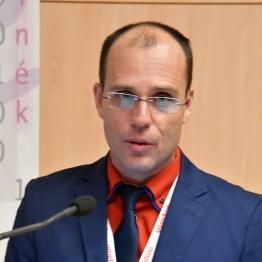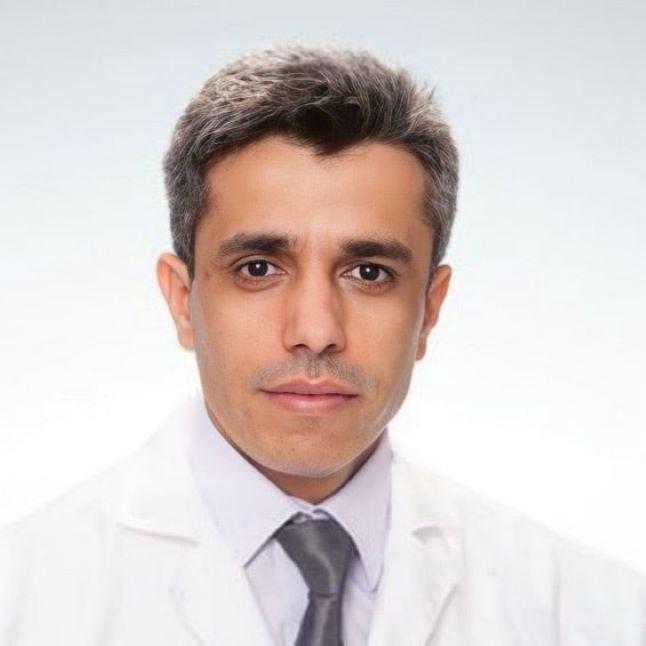 Within the framework of our ENT (Ear, Nose, and Throat) surgery department, we treat diseases of the ears, nose, nasal sinuses, oral cavity, pharynx, larynx, and neck organs using modern surgical procedures. The majority of our interventions are carried out on an outpatient basis, but some surgeries may require a minimal hospital stay. Our highly skilled doctors perform procedures using state-of-the-art technology.
Within the framework of our ENT (Ear, Nose, and Throat) surgery department, we treat diseases of the ears, nose, nasal sinuses, oral cavity, pharynx, larynx, and neck organs using modern surgical procedures. The majority of our interventions are carried out on an outpatient basis, but some surgeries may require a minimal hospital stay. Our highly skilled doctors perform procedures using state-of-the-art technology.
Placement of Tympanic Tube (Grommet)
The placement of a tympanic tube is most often necessary in cases of chronic serous otitis media, that is, serous inflammation of the middle ear lasting for more than three months, and recurrent purulent otitis media.
Serous or mucus fluid accumulation in the middle ear (serous otitis media, SOM) is responsible for the majority of conductive hearing losses in children. In these cases, the conduction of sound from the earlobe to the brain is obstructed by the accumulation of fluid, limiting the child's hearing ability.
Diagnosing this disease is not always easy, as symptoms of acute inflammation may be absent, there is no fever or pain, and the only symptom is mild to moderate hearing loss. However, this may be perceived by parents as inattention on the child's part. Serous ear fluid and hearing loss may also occur after a purulent middle ear infection, upper respiratory infection, or cold. In these cases, an otolaryngological examination is justified.
This type of hearing loss can be cured by restoring the impaired function of the Eustachian tube. The therapy involves treating the ongoing upper respiratory inflammatory process and eliminating the factors that sustain it. The normal function of the Eustachian tube, and thus the proper ventilation of the middle ear (tympanic cavity), is most often hindered by enlarged adenoids, but underlying sinus inflammation, deviated nasal septum, or nasal polyps may also be present.
Surgical solution:
The placement of the tympanic ventilation tube (Grommet) immediately eliminates hearing loss and significantly reduces the number of recurring middle ear infections.
We make a small incision on the eardrum with an operating microscope, through which we suction the contents of the middle ear. We insert the tube – a tiny, rimmed cylinder – into the opening, and the eardrum heals around it in a few days. The placement of the tube usually occurs simultaneously with the removal of the adenoids - as a triggering factor - under general anesthesia. If adenoidectomy has already taken place, tube placement in children takes place under short anesthesia, in adults usually under local anesthesia, and the patient can go home on the same day.
During the healing process of the eardrum, the grommet spontaneously ejects and falls out after a while, behind which the eardrum closes on its own. If there is no spontaneous ejection, but the tympanic inflammation is cured, we remove the tympanic tube under a microscope after 8-12 weeks. In only 20% of cases is it necessary to reinsert the tube.
With a tube, the child can swim (earplug is recommended), but strenuous activities - such as diving headfirst, deep diving - should be avoided.
Anti-Snoring Surgeries
Before surgery, the exact cause of the snoring must be investigated. As a first step, we carry out so-called sleep monitoring, followed by sleep endoscopy, during which we determine which structural abnormality causes the symptoms (e.g., deviation of the nasal septum, abnormality of the epiglottis, nasal/pharyngeal changes, etc.). Targeted treatment of the identified causes and abnormalities is the final step, which could be, for instance, nasal septum or pharyngeal plastic surgery, reduction of nasal concha, base of tongue plastic surgery/reduction. Sleep monitoring is performed under mild anesthesia and takes about 5 minutes. Further surgery depends on the intervention, performed either under local anesthesia or general anesthesia, and typically lasts between 10-30 minutes. Most interventions do not require further hospital stay, but overnight observation may be needed in some cases.
Tear Duct Surgery
This surgery is performed based on a special ophthalmological recommendation, to solve certain forms of tear drainage disorders, performed jointly by an ophthalmologist and otolaryngologist. The procedure is performed using traditional endoscopic methods, under general anesthesia or local anesthesia. The duration is 10-30 minutes per side, and the patient can leave the hospital on the same day.


-
Correction of the shape of a protruding ear under anesthesiaFrom 337 000 Ft
-
Endoscopic examination during sleepFrom 294 000 Ft
-
Grommet insertion - one sidedFrom 172 000 Ft
-
Grommet insertion - two sidesFrom 311 000 Ft
-
Plastic ear canal inputFrom 381 000 Ft





